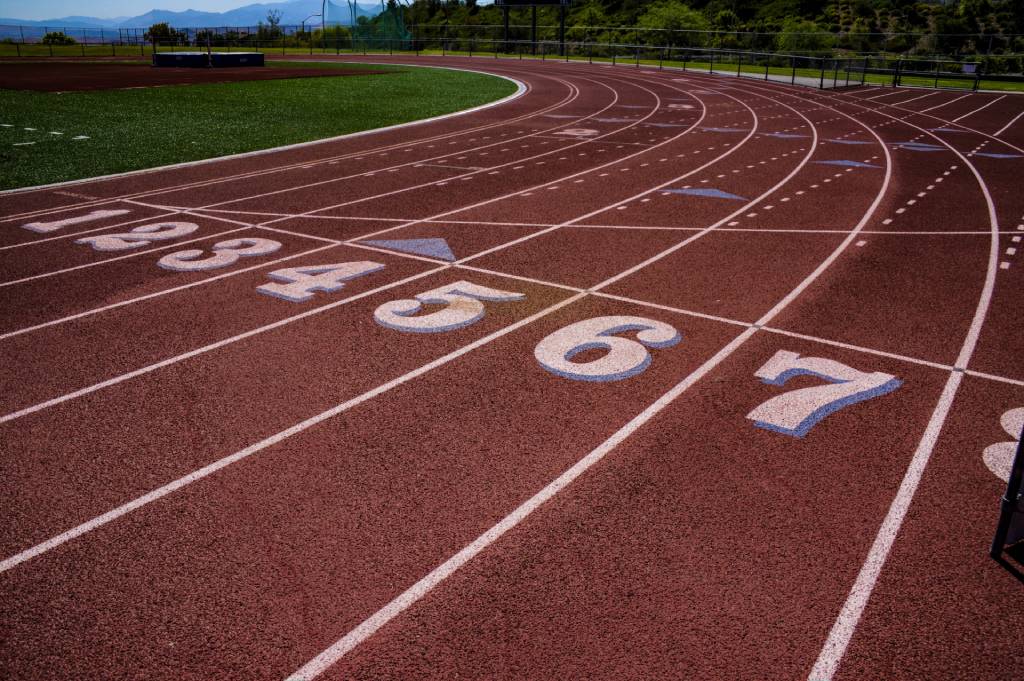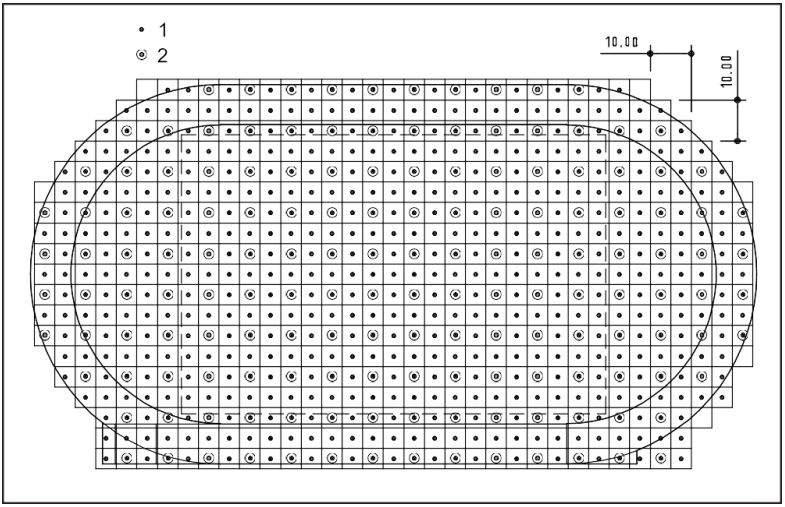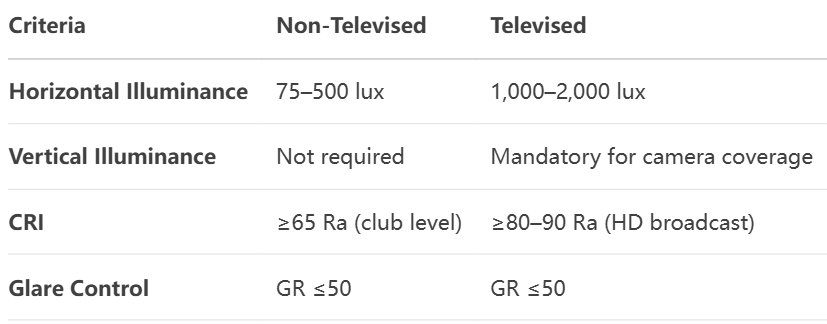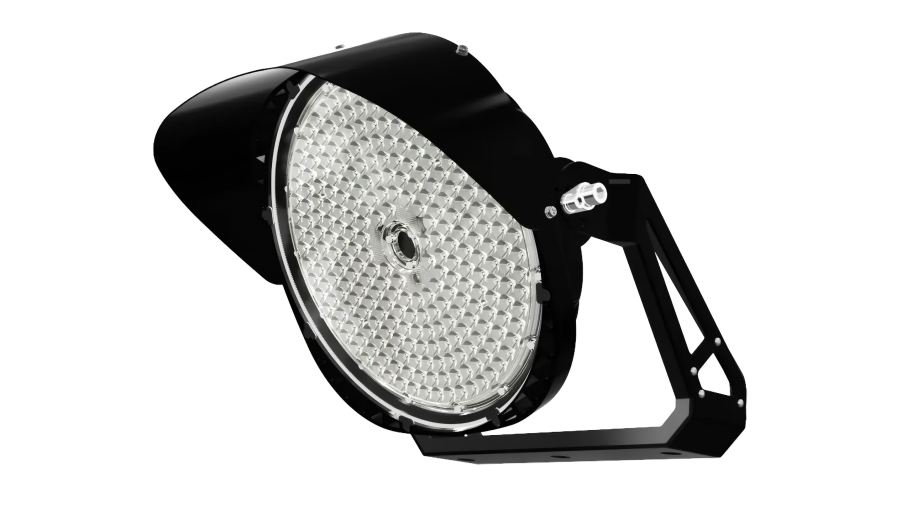Athletics Lighting: Standards, Requirements, and Best Practices for Optimal Performance

Directory:
1. Why Athletics Lighting Standards Matter
2. Athletics Lighting Standards
3. Athletics Lighting Installation Best Practices
4. Power Supply & Backup Systems
Athletics lighting is a critical component in modern sports facilities, ensuring safety, performance, and broadcast quality for athletes, spectators, and media. This guide explores the latest athletics lighting standards, technical criteria, and installation best practices to help you design compliant and high-performing venues.
1. Why Athletics Lighting Standards Matter
Proper lighting design directly impacts:
Athlete Performance: Clear visibility of the competition area for peak performance and injury prevention.
Spectator Experience: Safe navigation and immersive viewing of events.
Broadcast Quality: High-definition television and photography require precise vertical and horizontal illuminance.
Compliance: Meeting international athletics lighting standards (e.g., IAAF, Olympics) ensures eligibility for hosting events.
2. Athletics Lighting Standards
2.1 Horizontal Illuminance (Eh)
Horizontal illuminance measures light intensity on the ground, critical for athlete and judge visibility. Requirements vary by event level:
Recreational Training: 75 lux (minimum maintained average).
Club Competitions: 200 lux (U1 ≥ 0.4, U2 ≥ 0.6).
National/International Events: 500 lux (U1 ≥ 0.5, U2 ≥ 0.7).
Planning Tip: Initial values should be 25% higher to account for lamp aging.
2.2 Vertical Illuminance (Ev)
Essential for capturing broadcast-quality footage:
Fixed Cameras: 1,000–1,800 lux (e.g., finish-line cameras).
Mobile/ENG Cameras: 1,000 lux (U1 ≥ 0.3, U2 ≥ 0.5).
Photo Finish Cameras: 2,000 lux for precision timing.
2.3 Uniformity & Glare Control
Uniformity Ratios:
U1 (min/max) ≥ 0.3–0.7 depending on event class.
U2 (min/average) ≥ 0.5–0.7.
Glare Rating (GR): Must not exceed 50 to avoid visual discomfort.

2.4 Color Properties
Color Temperature: 4,000–6,500 K for televised events (matches daylight).
Color Rendering Index (CRI): ≥80 Ra for accurate color reproduction.
Televised vs. Non-Televised Events: Lighting Requirements

3. Athletics Lighting Installation Best Practices
Positioning:
Mount floodlights on masts or stadium roofs with 25°–70° beam angles.
Maintain a 4m clearance from track edges to avoid athlete obstruction.
Anti-Flicker Solutions: Use HID lamps with phased power supplies to minimize stroboscopic effects.
Emergency Lighting: Provide ≥25 lux in spectator areas during power outages.
Shadow Management: Distribute light from multiple directions to reduce harsh shadows (max 60% flux on the main camera side).
4. Power Supply & Backup Systems
Standby Generators: Essential for major events to prevent blackouts. Ensure "ride-through" capability for HID lamps.
Phase Balancing: Distribute luminaires across three phases to stabilize output and reduce flicker.
Adhering to athletics lighting standards ensures your venue meets global benchmarks for safety, performance, and media readiness. By integrating precise horizontal/vertical illuminance, glare control, and color accuracy, facilities can host everything from local training sessions to televised championships. Partner with lighting experts to design systems aligned with athletics lighting standards like IAAF or Olympic guidelines.
_thumb.jpg)

